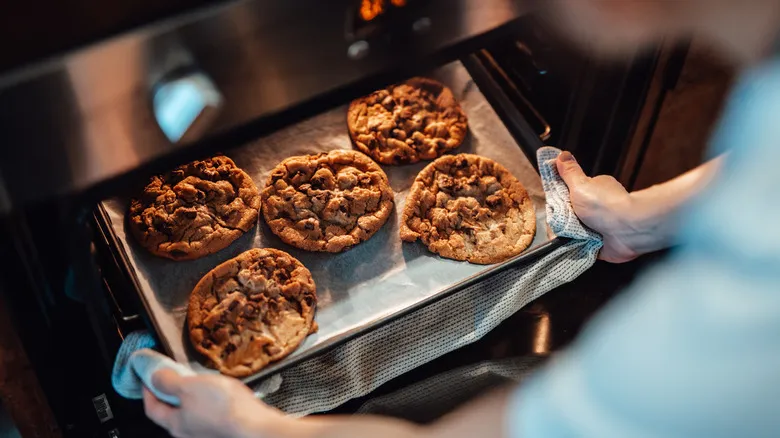Conventional and convection ovens

Professional bakers and pastry shops require an even bake for their breads and cakes without the hassle of rotating pans midway through. Why is this important? Constantly opening and closing the oven releases a significant amount of heat, leading to energy waste and inconsistent oven temperatures. As a result, many professional bakeries opt for convection ovens to bake large quantities of products, ensuring uniform results. So, what makes convection ovens so effective? For one, most convection ovens feature three heat sources instead of two. Additionally, they utilize fans to circulate heat evenly throughout the oven.
Unfortunately, convection ovens are not the norm in most home kitchens, where conventional gas and electric ovens are more commonly found. While you can invest in a convection oven, it can be quite costly. Alternatively, if you're looking for a budget-friendly option, an air fryer can be used to bake in smaller batches, as they are essentially compact versions of convection ovens. However, keep in mind that most recipes are designed with conventional ovens in mind. Therefore, if you choose to use a convection oven (or air fryer) to eliminate the need for rotation, you'll need to lower the cooking temperature and may also want to reduce the cooking time.
Recommended
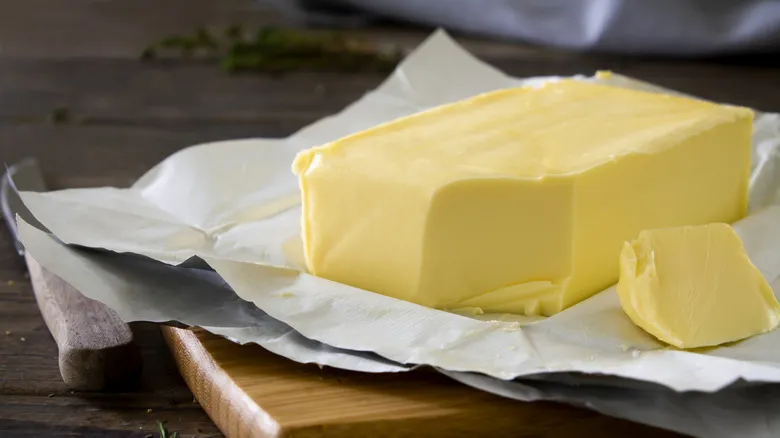
Here's How Many Sticks Of Butter Are In One Cup
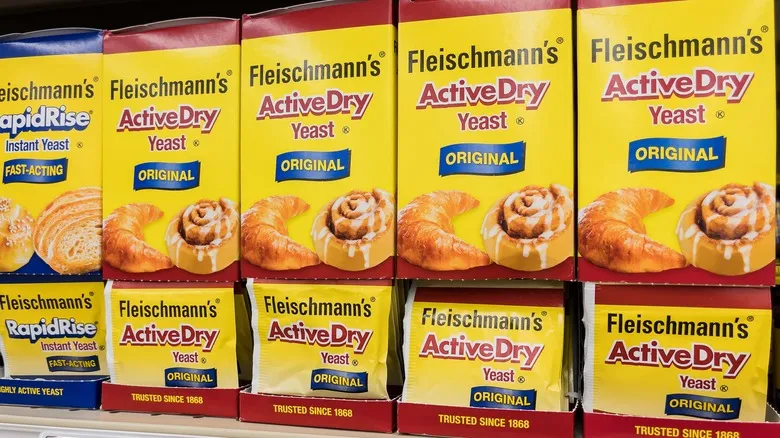
The Difference Between Active Dry And Instant Yeast Explained
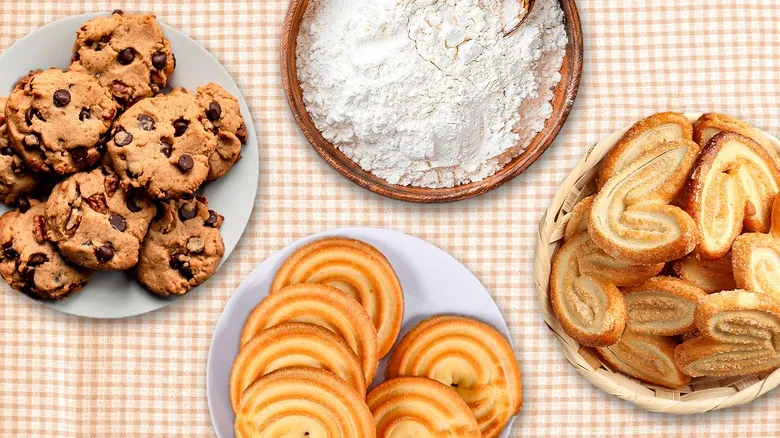
16 Common Baking Mistakes That Are Ruining Your Cookies
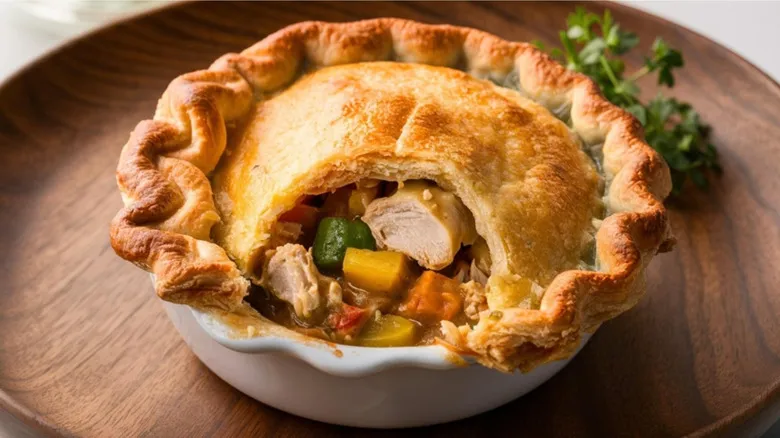
The Expert-Approved Tip For Upgrading Homemade Chicken Pot Pie
Next up

